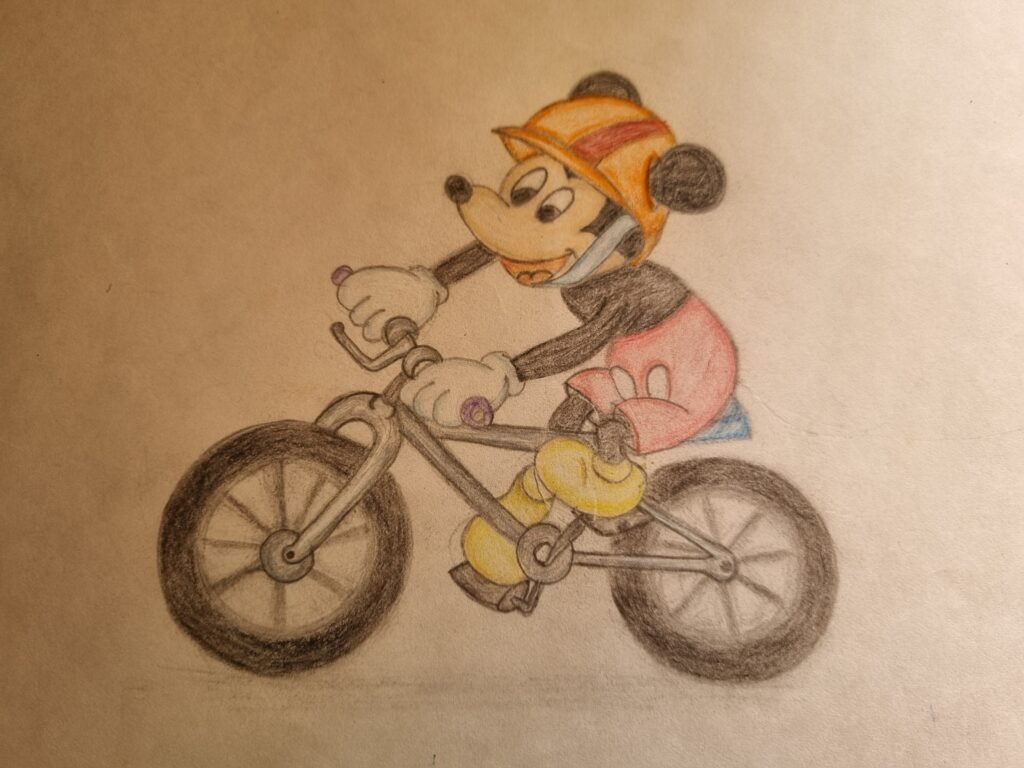Painting is a beautiful and fulfilling form of self-expression that allows you to bring your imagination to life on canvas. However, as a beginner, you might feel overwhelmed by the vast world of painting—where to start, what supplies to buy, and which techniques to learn first. Don’t worry! This guide will walk you through everything you need to know to start painting confidently.

1. Understanding the Basics of Painting
Before picking up a brush, it’s important to understand the different types of painting and choose one that suits you best:
- Acrylic Painting – Quick-drying, versatile, and beginner-friendly.
- Oil Painting – Rich colors and long drying times, perfect for blending.
- Watercolor Painting – Transparent, fluid, and requires careful layering.
- Gouache Painting – Opaque and water-based, ideal for bold, flat colors.
If you’re a complete beginner, acrylic painting is often recommended due to its ease of use and quick drying time.
2. Essential Painting Supplies for Beginners
To get started, you don’t need expensive supplies. Here are the basics:
- Canvas or Paper – Canvas boards or thick watercolor paper are good options.
- Paints – Start with a basic set of acrylic paints in primary colors.
- Brushes – Invest in a variety of sizes (round, flat, and fan brushes).
- Palette & Easel – A palette for mixing colors and an easel for comfortable painting.
- Other Tools – Palette knives, masking tape, and a cup of water for cleaning brushes.
3. Setting Up Your Painting Space
Creating a comfortable and organized painting space can enhance your experience:
- Good Lighting – Natural light or a bright desk lamp works best.
- Proper Ventilation – Especially important if using oil paints.
- Organized Workspace – Keep your paints, brushes, and tools within reach.
- Protective Measures – Use an apron and cover your workspace with old newspapers.
4. Learning Basic Painting Techniques
Once you have your materials ready, it’s time to learn some fundamental painting techniques:
- Blending & Layering – Create smooth color transitions by layering paints.
- Brush Strokes – Experiment with thick and thin strokes for different textures.
- Color Mixing – Learn how to mix colors effectively to avoid muddy results.
- Composition & Perspective – Arrange elements thoughtfully to create depth.
Practicing these basics will give you confidence as you move to more complex artworks.
5. Practicing with Simple Painting Projects
Start with easy projects to develop your skills:
- Simple Shapes & Patterns – Great for practicing strokes and color control.
- Landscapes – Try painting mountains, trees, and sunsets.
- Abstract Art – Experiment with freehand painting to unleash creativity.
The more you practice, the better you’ll get. Don’t rush the process—enjoy each step!
6. Common Mistakes Beginners Should Avoid
To make your learning experience smoother, here are some mistakes to avoid:
- Using Too Much Paint or Water – This can make colors look dull or muddy.
- Not Letting Layers Dry – This causes colors to mix unintentionally.
- Over-Mixing Colors – Stick to simple combinations to keep colors vibrant.
- Skipping the Sketching Phase – A rough sketch can serve as a helpful guide.
7. Exploring Online Painting Courses & Tutorials
Learning from structured courses can accelerate your progress:
- YouTube – Free tutorials from experienced artists.
- Udemy & Skillshare – Paid courses with step-by-step lessons.
- ArtHub’s Online Courses – (Your platform) offers personalized guidance and structured learning.
Investing in an online course can help you gain clarity and refine your techniques effectively.
8. Joining an Artistic Community
Painting doesn’t have to be a solo journey—engage with fellow artists!
- Join Art Groups – Connect with like-minded people online or offline.
- Share Your Work – Post on Instagram, Facebook, or art forums.
- Participate in Workshops – Hands-on sessions help you learn from experts.
Being part of a creative community will keep you motivated and inspired.
Conclusion
Starting your painting journey may seem daunting at first, but with the right approach and consistent practice, you’ll see progress in no time. Focus on learning the basics, experimenting with different techniques, and most importantly—having fun!
Ready to master painting step by step? Explore our online art courses and take your skills to the next level!